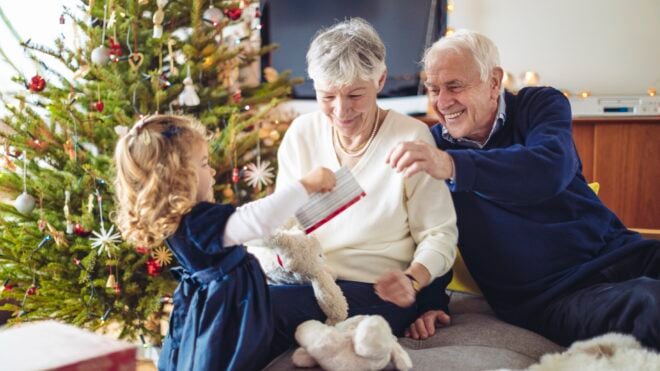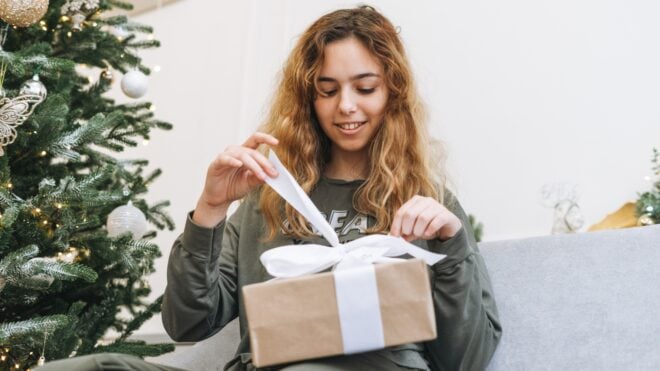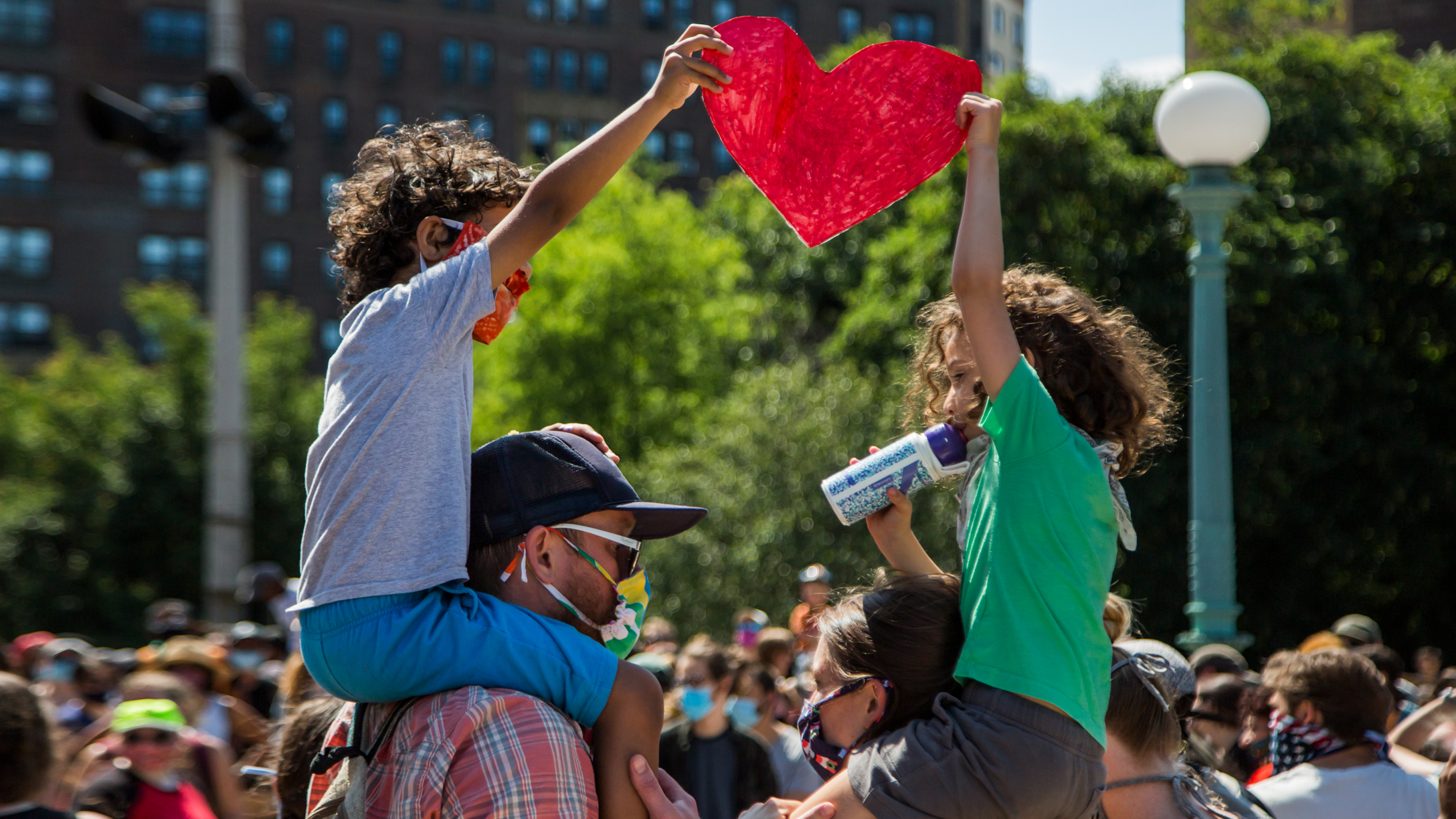
In this article
June 19, 1865, marked the end of slavery in the United States. While most assume The Emancipation Proclamation did so in 1863, the truth around this part of Black History is not so cut and dried. Read on for some background into Juneteenth history and ideas on how to celebrate Juneteenth this year.
Why is Juneteenth important?

When Abraham Lincoln declared The Emancipation Proclamation on January 1, 1863, he didn't do so out of the goodness of his heart, as many of us were led to believe. The president's sole objective at the time was to preserve the Union.
The Southern States relied heavily on the fruits of the free labor of enslaved Africans. Without slave labor, the Confederacy crumbled. The caveat was that The Emancipation Proclamation applied only to states that had succeeded from the Union. Over half a million enslaved in border states were unaware of the proclamation.
The Emancipation Proclamation also allowed Black soldiers and sailors to serve in the military. With a strengthened Union Army and Navy, the Civil War came to an end in April 1865. Two months later, on what would become known as Juneteenth, Union General Gordon Granger arrived in Galveston, TX. His purpose was to inform the enslaved in the state that they were in fact, free. So if you've ever asked, why is it called Juneteenth, it's because Granger arrived in Texas on June 19, Juneteenth, a coined expression based on that date.
Over the years, Juneteenth has been celebrated with gatherings of family and friends to commemorate lives lost and recognize and appreciate the freedom many of our ancestors would never experience.
"Crimson is used as the official color to symbolize African Americans' resilience and ingenuity while being held in chains," Danyale Reed previously wrote for Mom.com. "That's why, if you go to any traditional Juneteenth party, you'll find red velvet cake, Texas-made Big Red pop, and hot links simmering on the grill. Texas started these traditions, but ways to celebrate have expanded to include spiritual experiences, including meditation and prayer."
Tips for safely celebrating Juneteenth in 2021
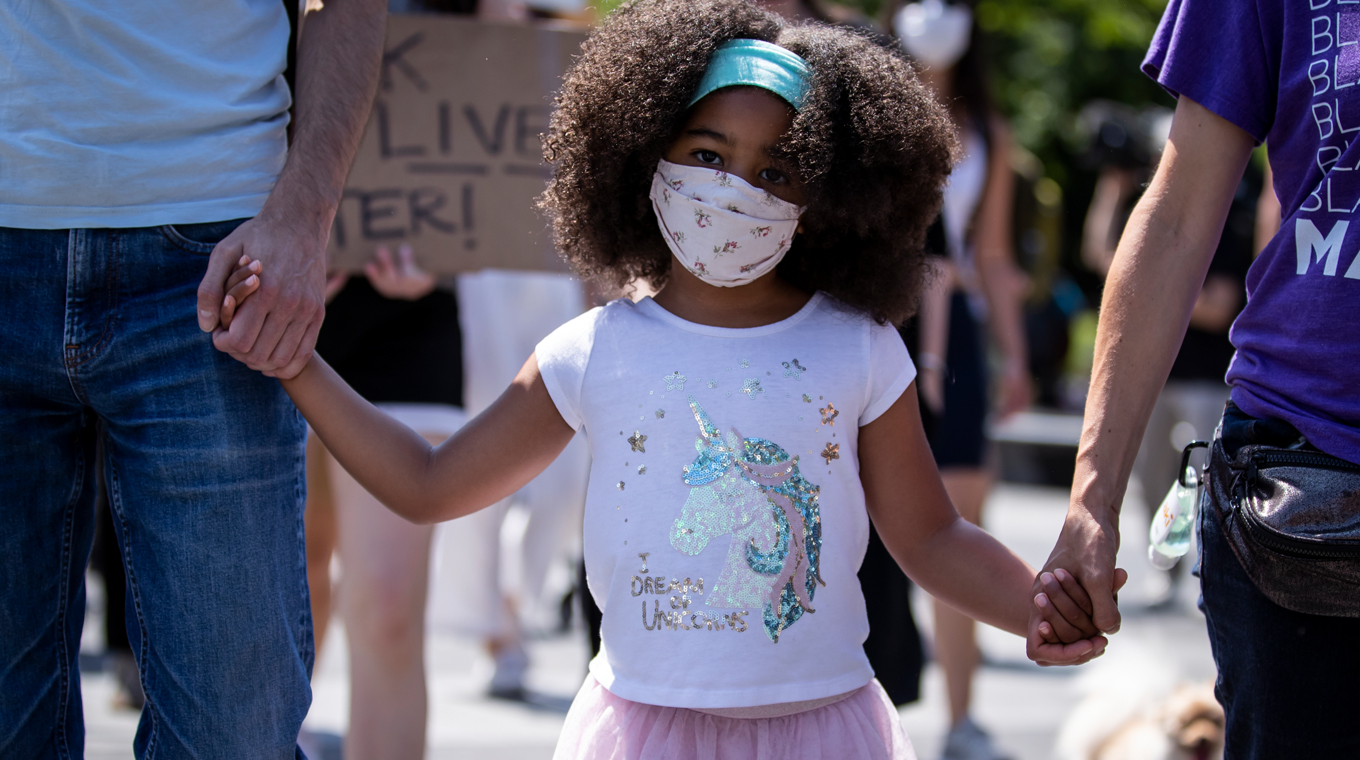
Throughout the pandemic, the Center for Disease Control and Prevention (CDC) has provided up-to-date public health and safety information. Recent CDC social distancing guidelines include a Choosing Safer Activities infographic. The infographic suggests that it is safe to socialize after vaccine immunity kicks in; typically two weeks after the second dose of Pfizer or Moderna and one week after the Johnson & Johnson vaccine is administered. The most recent CDC guidelines on gatherings:
–Fully vaccinated individuals may attend both indoor and outdoor gatherings safely without a face covering, regardless of group size or venue type
- Unvaccinated individuals can safely participate in outdoor activities with members of their own household or in small groups outdoors with fully vaccinated family and friends; face coverings should be worn when interacting with others who are unvaccinated
- Individuals who are unvaccinated should wear a face covering when interacting with others who are unvaccinated and in any other public setting regardless of others' vaccination status
How to plan a virtual celebration for Juneteenth 2021
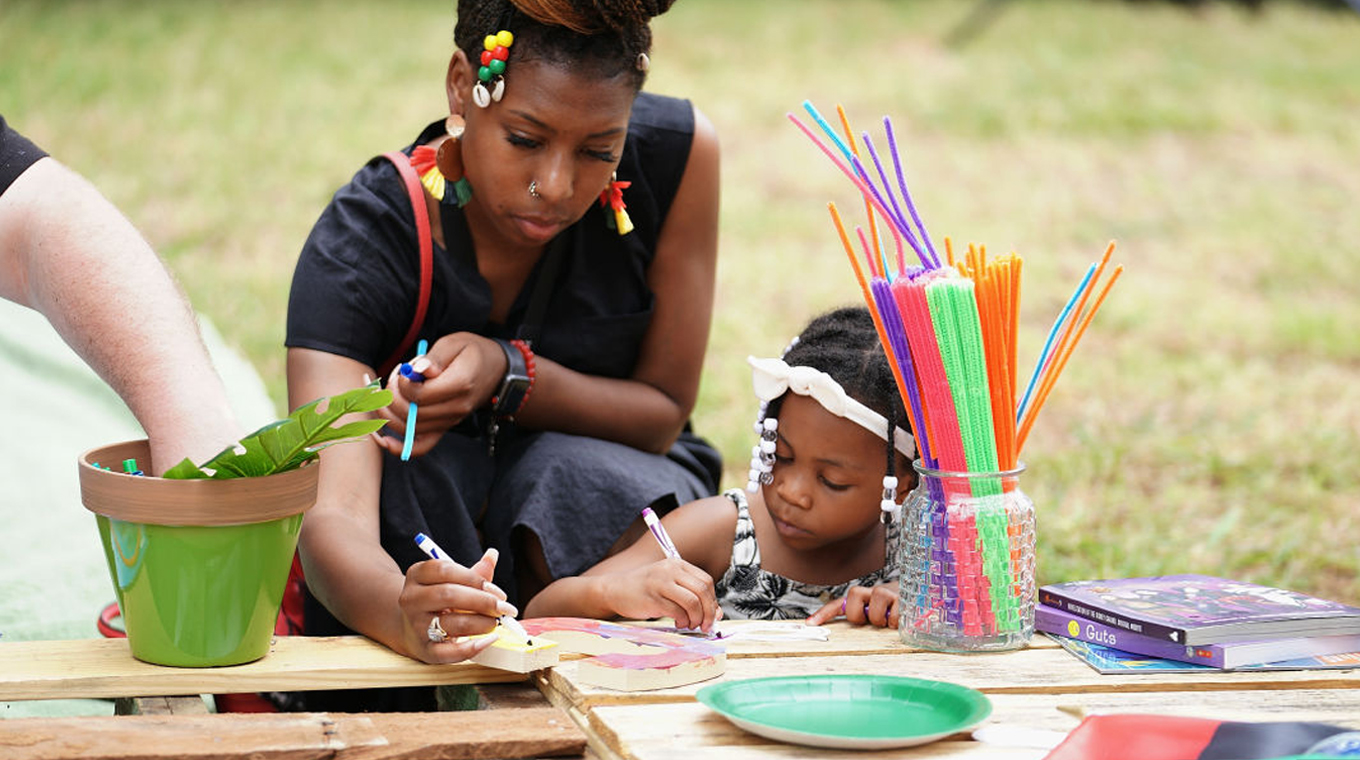
Even with many vaccinated, Juneteenth 2021 might be a lot like other celebrations over the last year and a half. If you'd rather celebrate Juneteenth virtually this year, you can still make it fun while staying safe at home.
- If your friends and family live nearby, a drive-through Freedom Day celebration complete with Juneteenth decorations is also a fun option. Hand out red velvet cupcakes and red soda as cars drive through.
- Consider setting up a Juneteeth crafts exchange with family members or have a virtual Zoom party. This Juneteenth flag craft from Oriental Trading Company is inexpensive and can be easily mailed to virtual partygoers ahead of the Zoom event.
- For a small in-home gathering, host a virtual screening of Netflix's High on the Hog: How African American Cuisine Transformed America.
- Incorporate an easy Juneteenth lesson with this flag template from the African American Museum of Iowa.
Juneteenth, though the result of a somber period in American History, is a time to celebrate equal rights and freedom.
Ateira Griffin is the Director of Regional Leadership Development Leadership for Educational Equity. In an essay titled, An Open Letter to My Ancestors, Griffin wrote, "Our people’s freedom — Black people’s freedom — did not happen at the stroke of the pen from Lincoln or the lone announcement from a Union Major. Our freedom has been in progress since we first stepped foot on the shores of Virginia in 1619 and continues to evolve over 400 years later."

